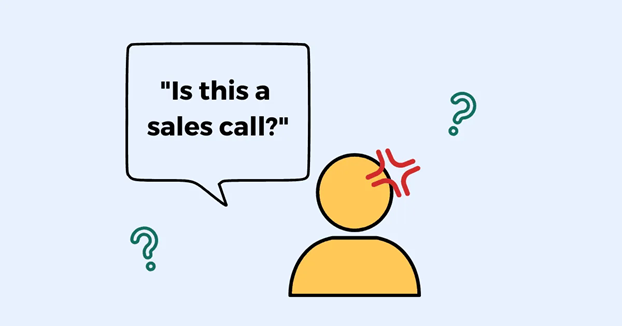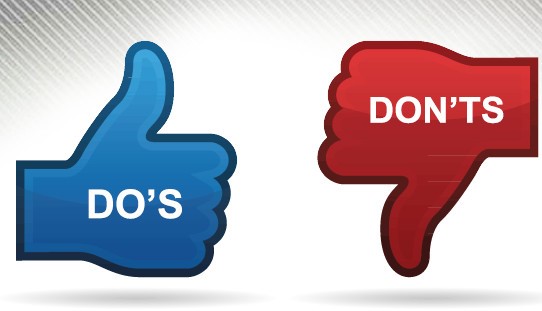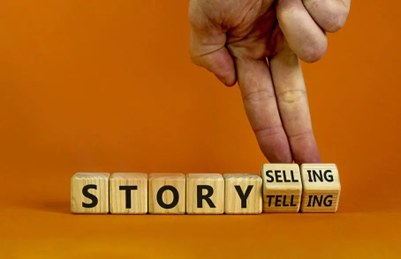Objections in sales are a natural part of the process. Objections often indicate that your prospect is interested, but needs more information or reassurance.
Overcoming objections and sealing the deal requires a combination of preparation, empathy, and strategy.
Let’s discuss how you can master this essential skill of overcoming objections, and seal the deal.

Understand the Common Sales Objections
First, it’s crucial to know the most common objections you might face. These fall into categories like:
- Price
- Value
- Need
- Authority/decision-making
- Trust
- Timing
- Lack of urgency
- Complexity
- Features
By anticipating these objections, you can prepare thoughtful responses that address the prospect’s concerns.
Listen Actively
When an objection arises, your first step should be to listen carefully. Don’t interrupt or jump to conclusions. Make sure your non-verbal cues (expression and posture) show genuine understanding and attention.
Paraphrase and confirm back to them to show you are fully engaged, and have correctly understood them.
Let the prospect express their concerns fully. This not only shows respect but also gives you the complete picture of their hesitation.
Show Empathy
After listening, empathise with their situation. Acknowledge their concerns and show that you understand where they’re coming from. For example, you might say, “I understand that budget is a concern, especially with current market conditions.”
Ask Clarifying Questions
To fully understand the objection, ask clarifying questions. This can help uncover the root cause of the concern. For instance, if the objection is about price, you could ask, “Can you share more about your budget constraints and what value you’re looking to get from this product?”
Ask the prospect’s if they previously had negative experiences. Get to a deeper understanding of their perspective.
Ask About Their Priorities and Goals
If you ask about their priorities and goals — you can then tailor your response more accurately to demonstrate you’re really hearing them, while learning more about what matters most to them.
Provide Evidence and Reassurance
Once you understand the objection, provide evidence that addresses their concern. This could be testimonials, case studies, product demonstrations, or detailed explanations of how your offering meets their needs.
For example — “Many of our clients had similar budget concerns, but they found that the ROI within the first six months justified the investment.” It’s a gentle challenge to their objection — but sounds like you are helping, not challenging, if delivered with discretion.

Reframe the Objection
Sometimes, it helps to reframe the objection in a positive light. For example, if the objection is about the complexity of your product, you might say, “I understand it seems complex, but that’s because it’s incredibly powerful and versatile. Let me show you how we simplify the implementation process.”
Offer Alternatives
If the objection persists, consider offering alternatives. This could be things like:
- A different product tier
- A payment plan
- Additional support services
Flexibility can often turn a no into a yes.
Summarise and Confirm
Before moving forward, summarise what you’ve discussed to ensure you’re on the same page. Confirm that their concerns have been addressed. “So, if I understand correctly, your main concern was the initial cost, but with our payment plan, you feel more comfortable moving forward?”
Close Confidently
Once you’ve addressed all objections, move confidently towards closing the deal. Use clear and assertive language. “Great, it sounds like we’ve covered everything. Let’s go ahead and get the paperwork started so you can begin enjoying the benefits of our product.”
Follow Up
Finally, follow up after the sale to ensure satisfaction and address any lingering concerns. This builds trust and opens the door for future business and referrals.

Overcoming objections and sealing the deal is a blend of art and science.
By understanding common objections, knowing your product well and providing solid evidence, you can turn roadblocks into opportunities.
Remember, each objection is a step closer to understanding your prospect better, and tailoring your solution to meet their needs.
Contact KONA today to learn more about our tailored sales training programs and how we can help your team learn to overcome objections and close deals confidently!
Call 1300 611 288 or email info@kona.com.au










































































































